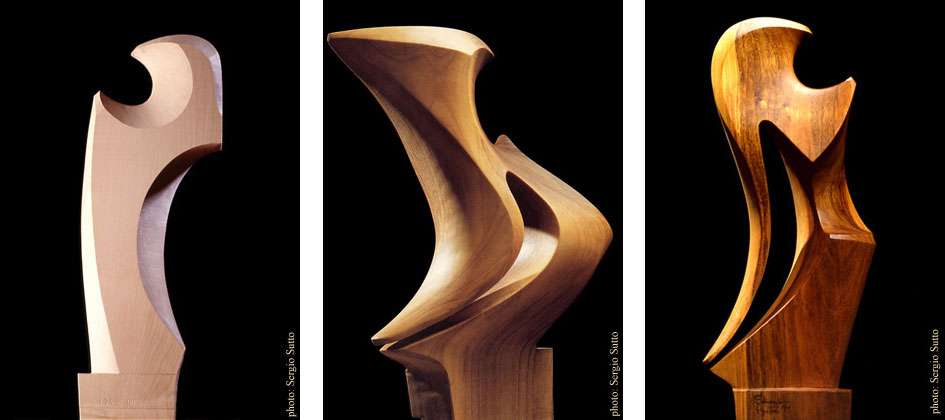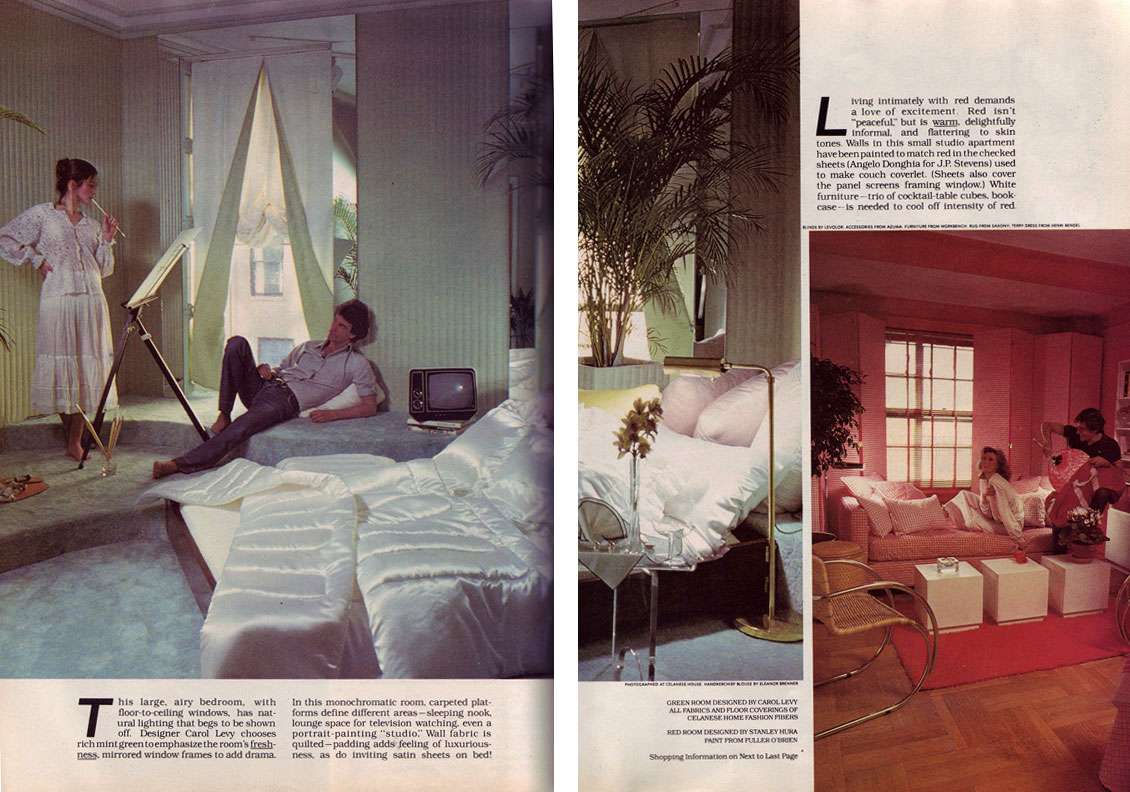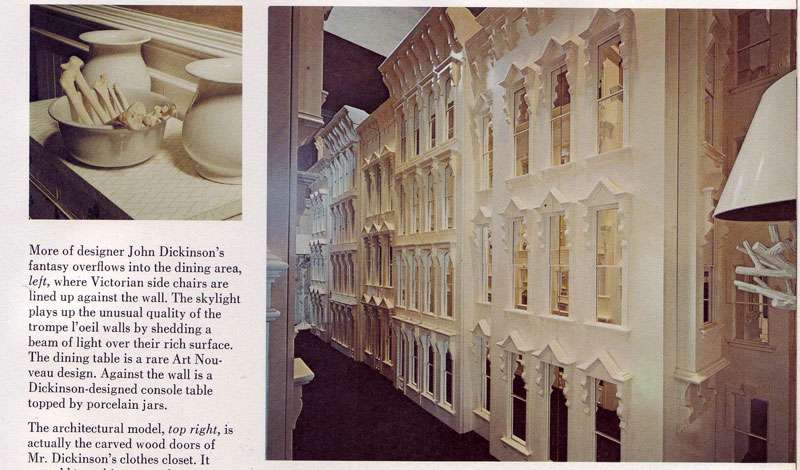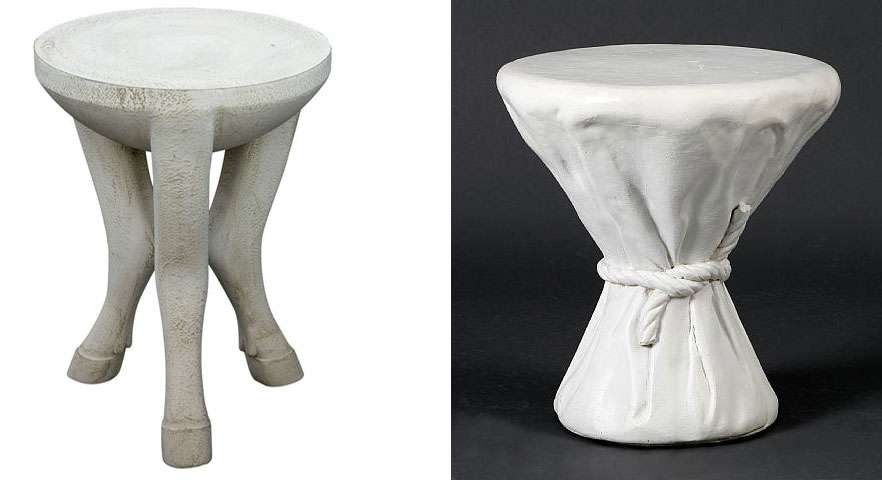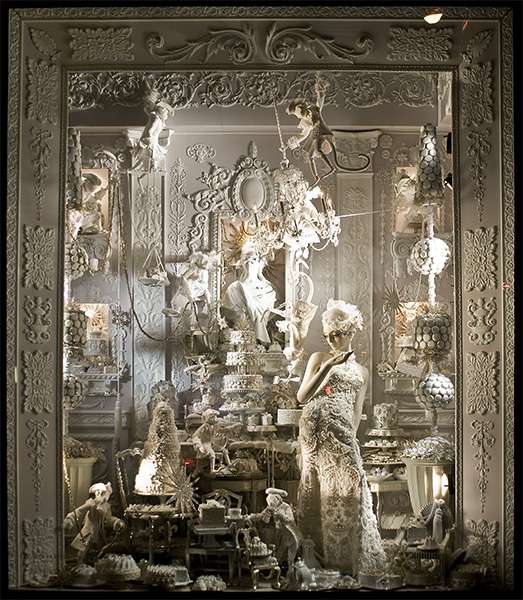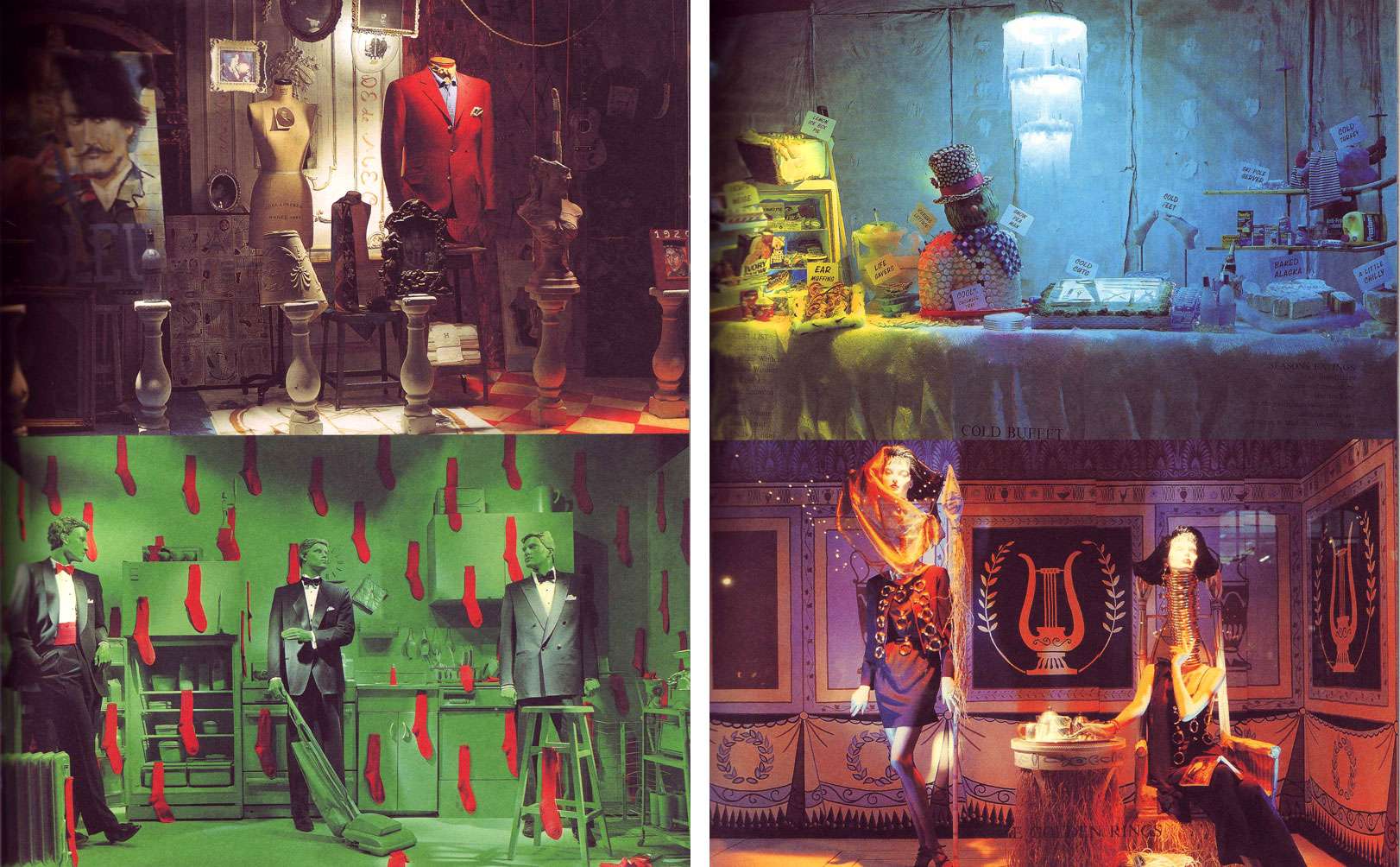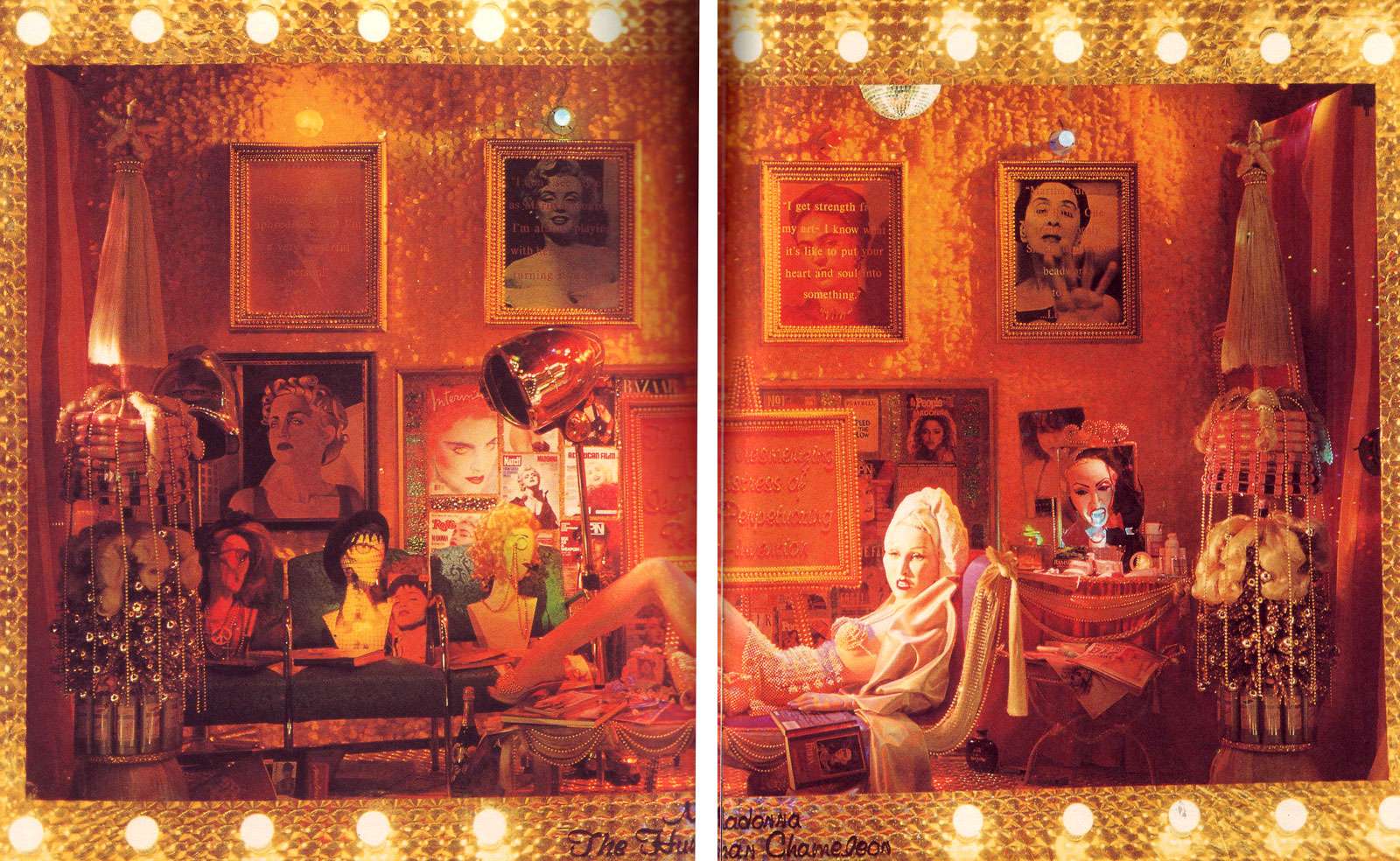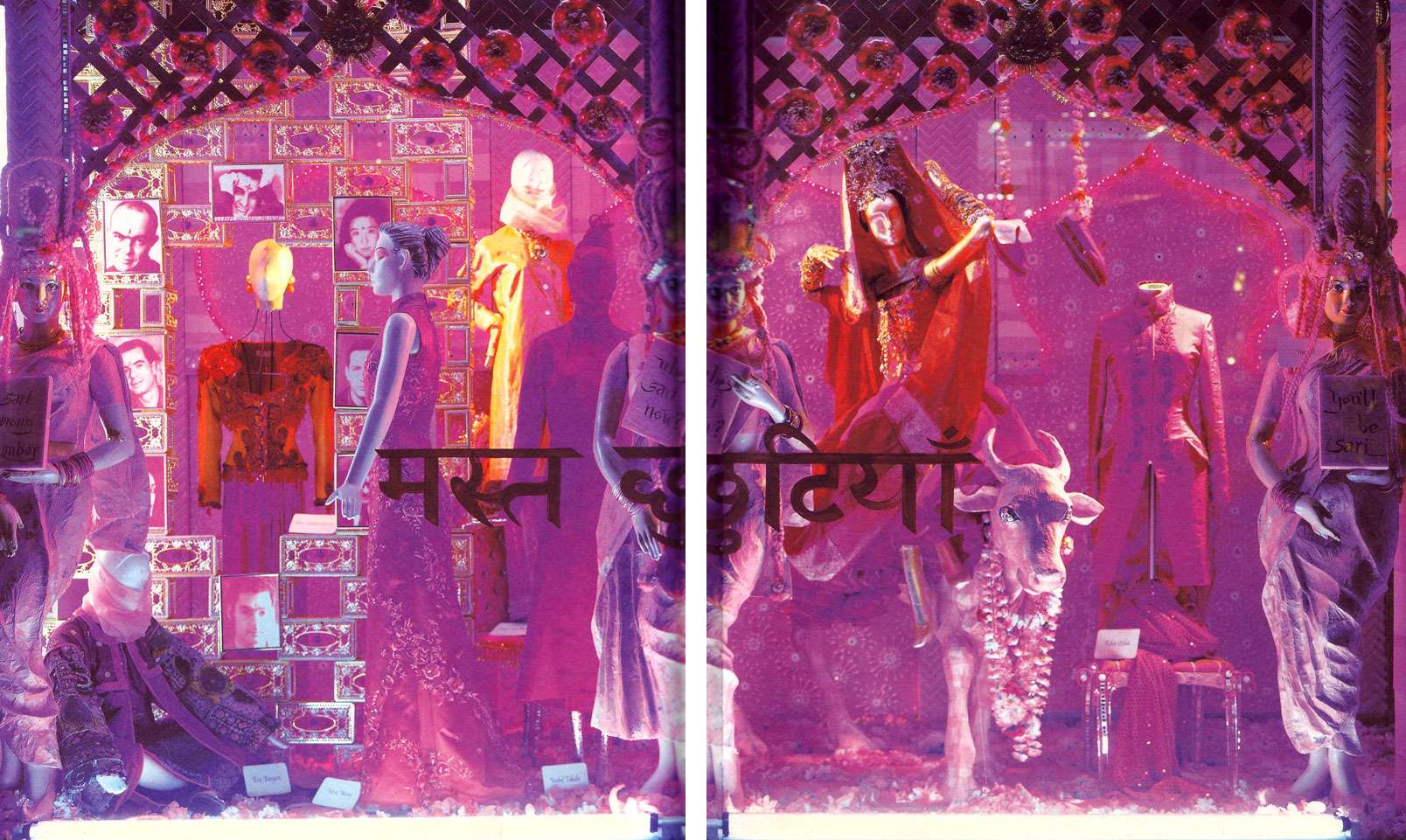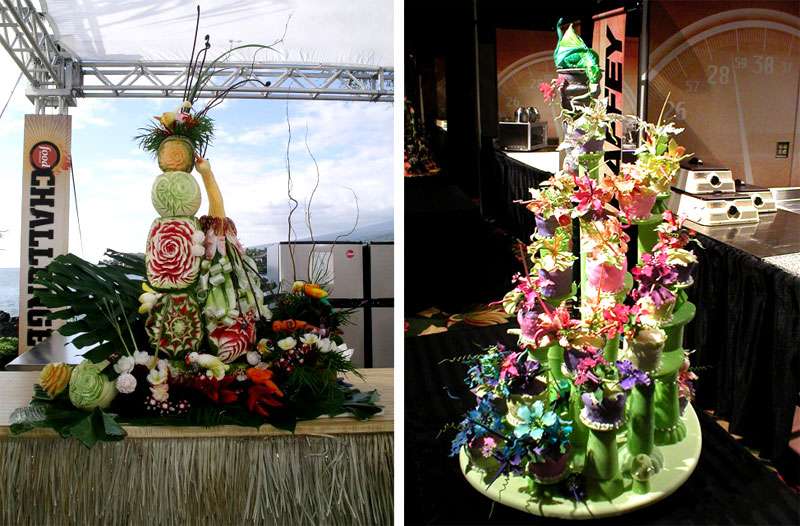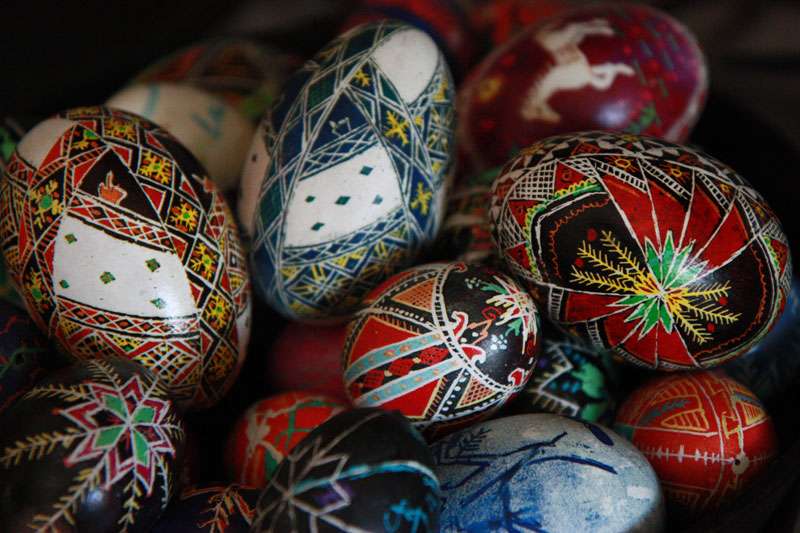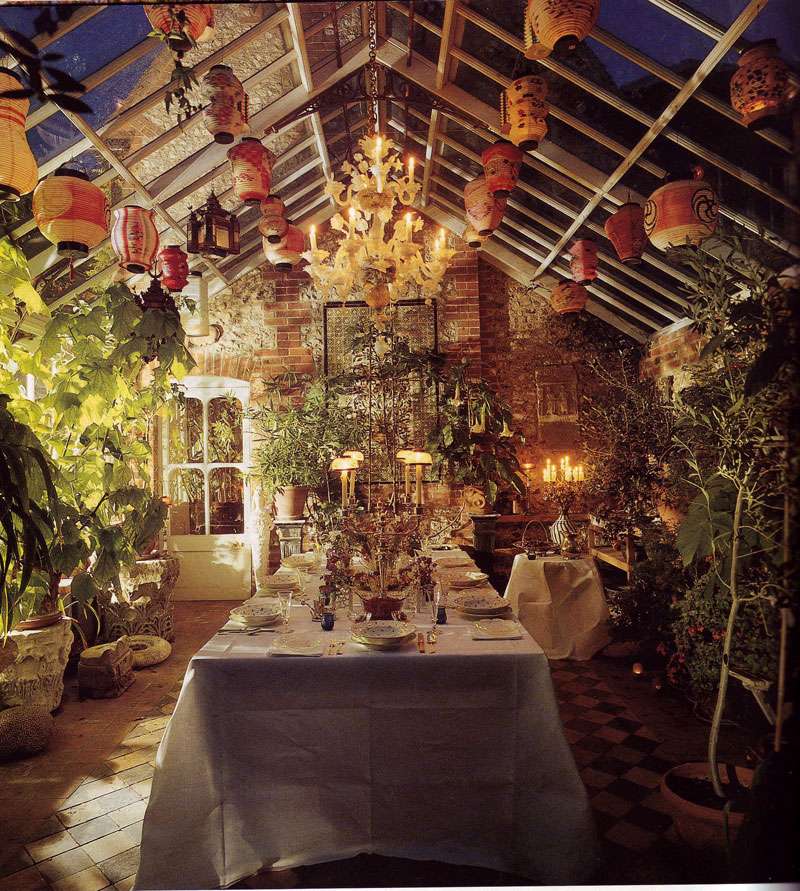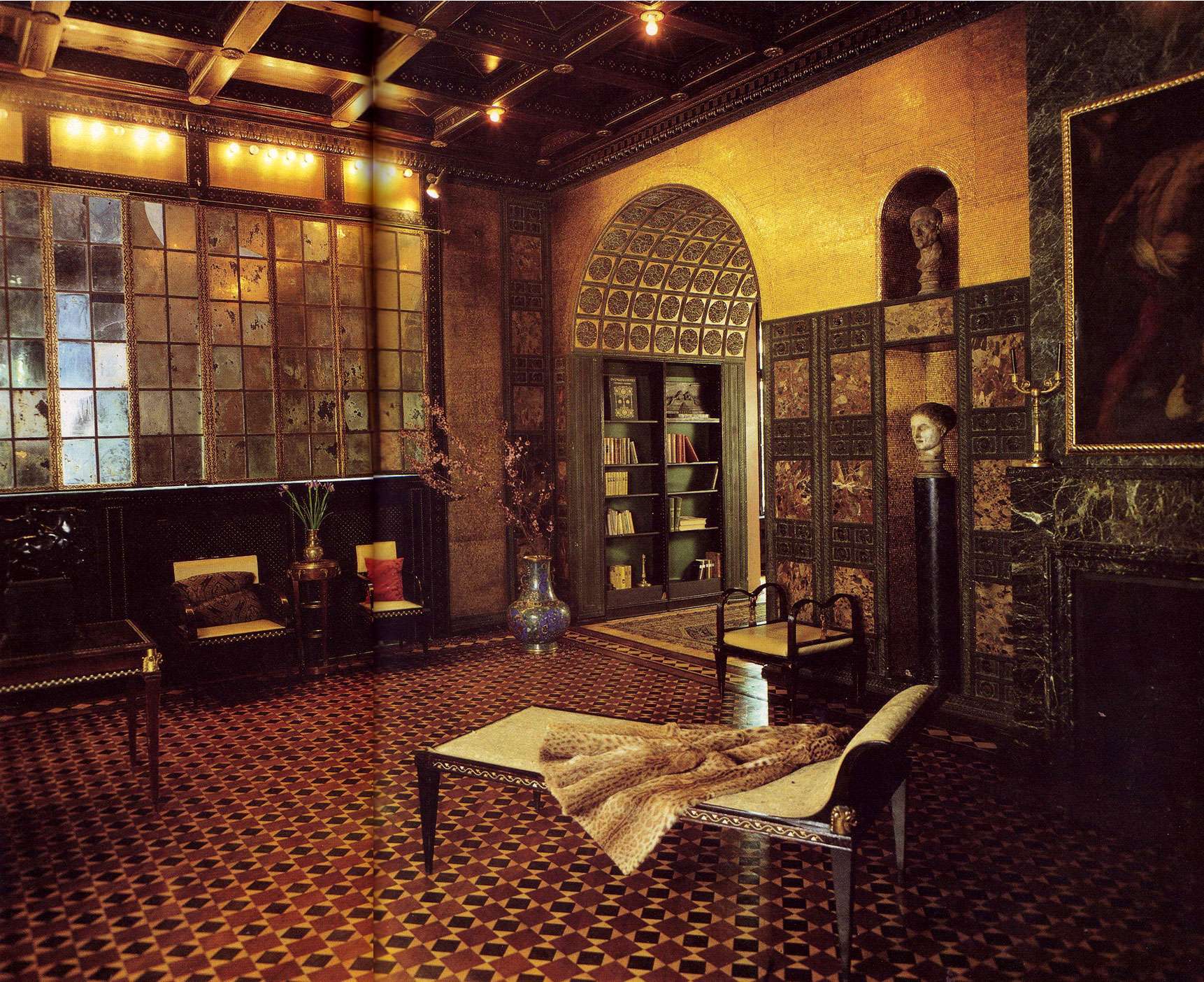 Sometimes, all it takes is a bouquet of fresh flowers to make you realize how deficient even the most expensive perfumes are at making a room smell heavenly.
Sometimes, all it takes is a bouquet of fresh flowers to make you realize how deficient even the most expensive perfumes are at making a room smell heavenly. It occurs to me that magazines frequently run stories on the best home fragrances— in the form of sprays, oils, atomizers, candles, diffusers, potpourri, incense, you name it. And frankly, most of them are god awful. Someone needs to do a story on the various fresh flowers that can be used to fragrance a room. Stat.
I write this because I currently have a pot of Oriental lilies sitting on my desk and I'm fully convinced I have a new favorite flower. So convinced, that even though I'm quite aware a photograph can't convey scent of any sort, I still felt compelled to shoot them.
I'd describe the aroma as really thick and sweet, sort of smoky or woody even. It's soft, but it definitely permeates the room. Makes me swoon every time I inhale, actually.

